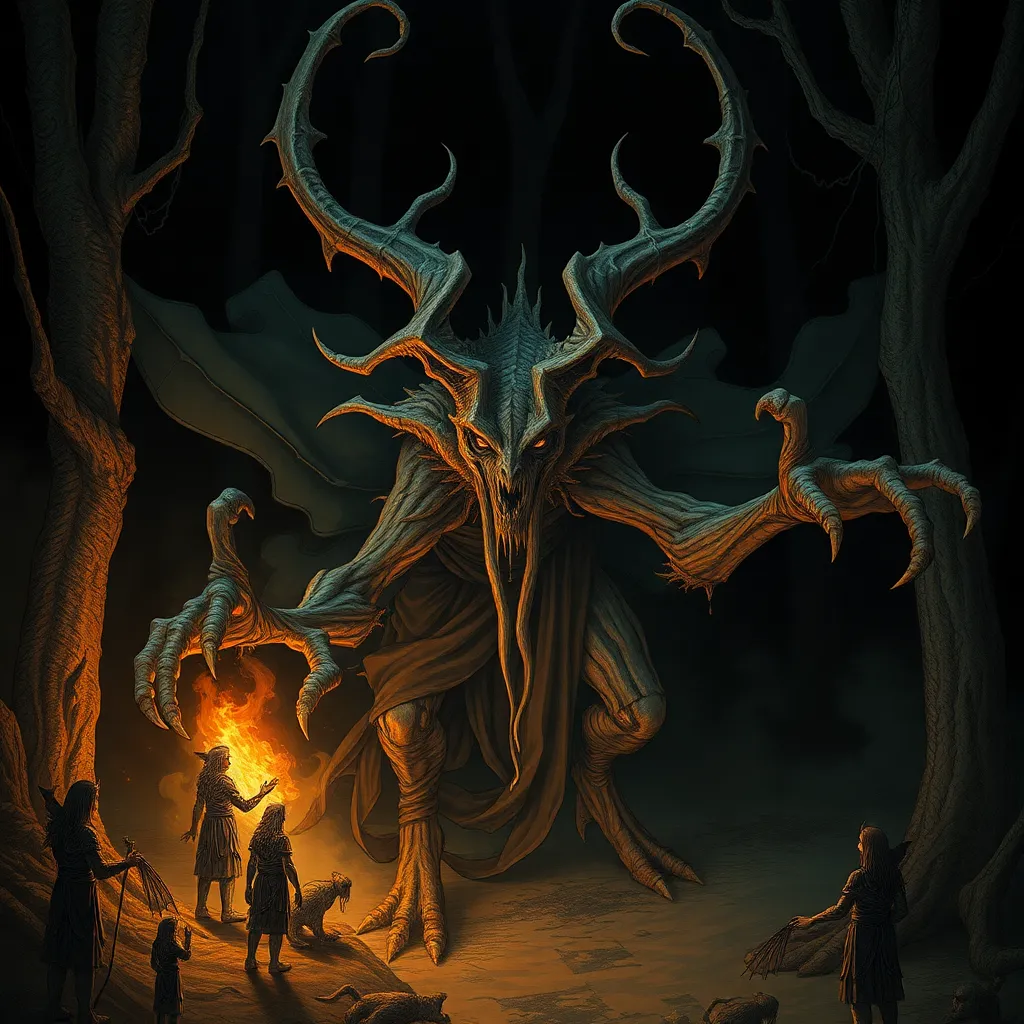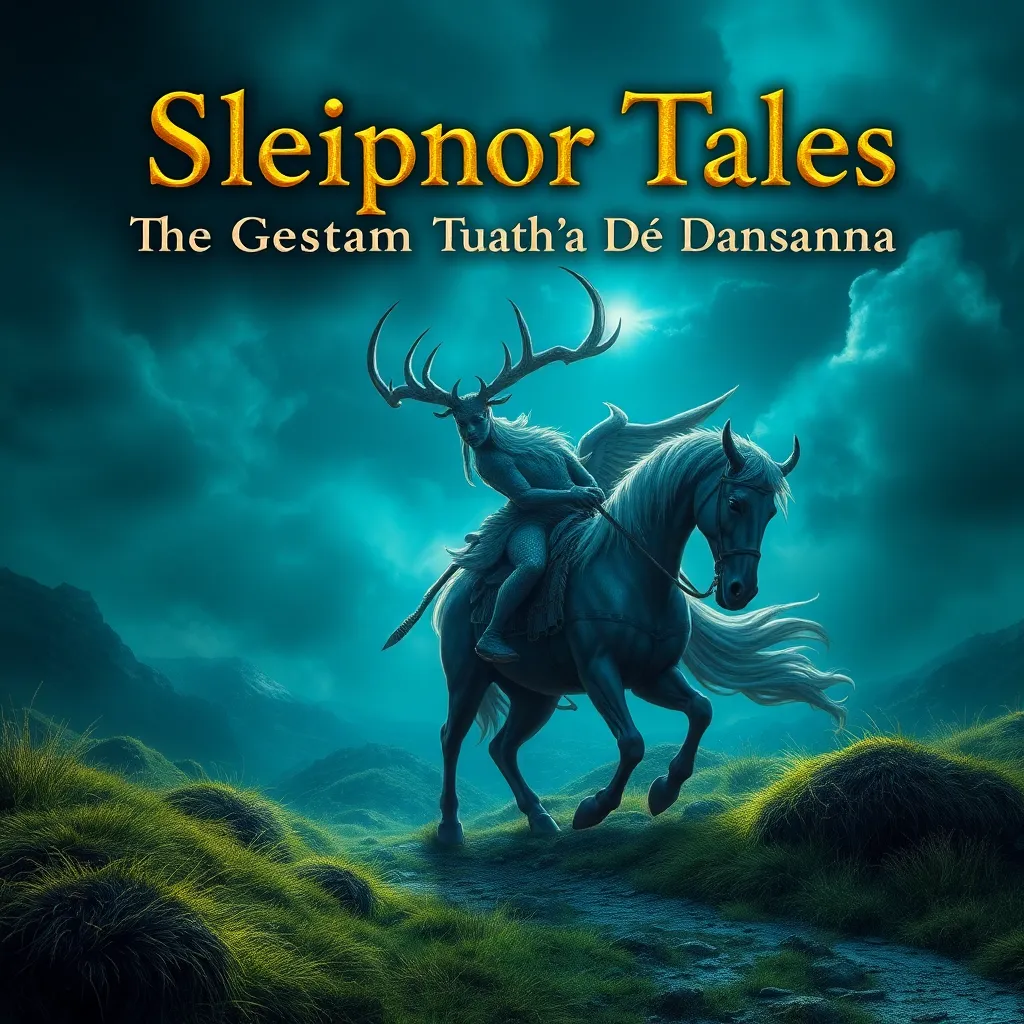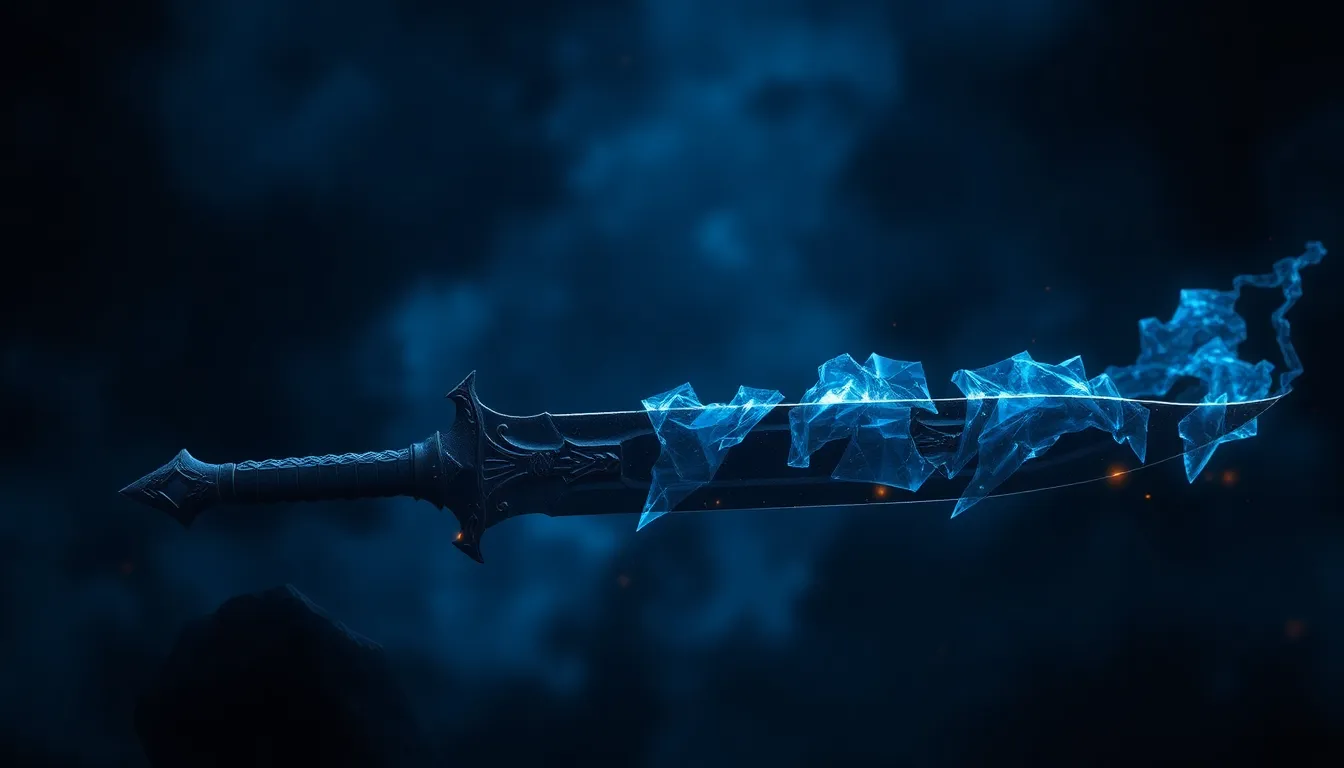Strigoi in Slavic Folklore: From Nightmares to Reality
I. Introduction
The Strigoi, a fascinating figure in Slavic folklore, embodies the fears and beliefs of various Eastern European cultures regarding the undead. These supernatural beings are often described as restless spirits, associated with death and the afterlife. Their significance extends beyond mere tales of horror; they serve as cultural touchstones that reflect societal values, fears, and the mysteries of life and death.
This article explores the transformation of Strigoi from mythological figures to real-life manifestations of fear and superstition. By delving into their origins, characteristics, and evolution, we aim to understand how these beings have influenced contemporary culture and continue to resonate in modern discussions of identity and otherness.
II. Historical Context of Strigoi
The origins of the Strigoi can be traced back to ancient Slavic mythology, where they were believed to be the spirits of the dead who had not found peace. The word “strigoi” itself is derived from the Latin word “striga,” signifying a witch or a nocturnal spirit. Over the centuries, Strigoi legends have evolved, influenced by Christianity and local customs, resulting in a rich tapestry of beliefs surrounding these beings.
Comparing Strigoi with similar supernatural entities, we find parallels in cultures worldwide. For example, the concept of the vampire in Western folklore shares similarities with the Strigoi, both being associated with bloodsucking and the undead. Other cultures have their own interpretations of the undead, such as the Chinese “jiangshi,” which also embodies elements of fear and morality.
III. Characteristics and Traits of Strigoi
Strigoi are often depicted as having a ghastly appearance, with pallid skin, elongated limbs, and sunken eyes that reflect their connection to death and decay. They possess supernatural abilities, including shape-shifting, invisibility, and the power to drain life from the living. These traits serve to enhance their fearsome reputation within Slavic folklore.
Unlike other vampire-like figures, Strigoi are distinguished by their specific cultural contexts and characteristics:
- Strigoi Mortii: These are the dead who rise from their graves, often to haunt their families.
- Strigoi Vii: Living individuals believed to possess the ability to transform into Strigoi.
Common behaviors associated with Strigoi include nocturnal activities, preying on livestock, and visiting loved ones before death. These traits not only highlight their supernatural nature but also serve as cautionary symbols for moral lessons within the communities that believe in them.
IV. Strigoi in Folktales and Legends
Strigoi folklore is rich with notable stories and regional variations. In Romania, for example, tales of Strigoi often involve a male who returns to seek revenge on those who wronged him in life. In contrast, in Russia, the stories may focus on the Strigoi as guardians of the grave, warning against disrespecting the dead.
These narratives often contain deep symbolism and themes, such as:
- The consequence of immoral actions
- Family loyalty and the bonds of kinship
- The struggle between life and death
The role of Strigoi in moral and cautionary tales serves as a mechanism for teaching societal values, reflecting the fears of the community while providing lessons on how to live a virtuous life.
V. The Psychological Impact of Strigoi on Communities
The fear and superstition surrounding Strigoi have had significant psychological impacts on communities throughout history. In times of crisis, such as famine or disease, the Strigoi were often blamed for misfortunes, reflecting deeper societal anxieties.
Strigoi legends act as mirrors to cultural beliefs, revealing:
- Fears of death and the unknown
- Concerns about moral decay and societal values
- A need for scapegoats during times of distress
Case studies of specific communities show how Strigoi legends can influence behavior, leading to rituals aimed at protecting against these beings, such as the burying of the dead with certain objects or the practice of exorcisms.
VI. Strigoi in Modern Culture
In contemporary culture, Strigoi have found representation in various forms of media, including literature, film, and television. They have evolved from mere folklore into complex characters that explore themes of identity, loss, and the human condition. Popular examples include:
- The “Strigoi” film series that delves into the nature of these beings.
- Literary works that reinterpret Strigoi as symbols of cultural identity.
- Television series that integrate Strigoi into broader narratives about supernatural beings.
This resurgence of interest in folklore highlights a growing fascination with cultural heritage and the implications of these narratives on modern society. Strigoi serve as metaphors for discussing issues of identity and otherness, reflecting the complexities of contemporary life.
VII. The Intersection of Folklore and Reality
Real-life events and occurrences often attribute various phenomena to Strigoi beliefs. These can range from unexplained deaths to bizarre occurrences in rural areas, where the legends of Strigoi are still prevalent. The impact of technology and globalization has also altered the way these stories are shared and interpreted, leading to a resurgence of folklore in a globalized context.
The blurred lines between myth and reality in modern interpretations of Strigoi challenge our understanding of folklore. As communities evolve, so too do their legends, adapting to contemporary fears and societal changes.
VIII. Conclusion
The significance of Strigoi in Slavic folklore cannot be understated. These beings have transcended their mythological origins to become symbols of cultural identity, societal fears, and moral teachings. The enduring power of folklore in shaping culture is evident in how Strigoi continue to resonate in today’s society.
As we reflect on the relevance of Strigoi in modern discussions, it becomes clear that these figures, born from nightmares, have transformed into powerful narratives that explore the complexities of human existence. They remind us of the intricate relationship between myth and reality and the ways in which folklore continues to influence our understanding of the world.



